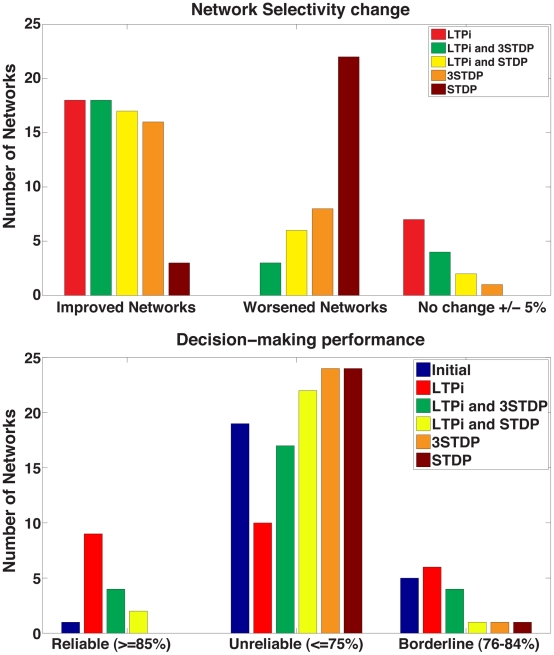Figure 8. Summary of network stimulus-pair selectivity and decision-making performance.
Top: Network change from initial conditions. Networks are classified as improved (Left) or worsened (Middle) if stimulus-pair selectivity increased or worsened, respectively, by more than 5%. If mean selectivity remained within 5% of its initial value, then the network's stimulus-pair selectivity change is defined as unchanged (Right). LTPi alone produced the most improved networks (15/25), and did not produce worsened networks. Networks with LTPi and either triplet or standard STDP produced more improved networks and fewer worsened networks than the networks with the same STDP but without LTPi. Bottom: Summary of network decision-making performance with a criterion threshold of 85% correct. Left: One network generated reliable decisions without plasticity. The remaining networks each require LTPi to make reliable decisions. Middle: Initial, standard, and triplet STDP networks dominate making unreliable decisions (≤75%), while LTPi alone has the fewest unreliable networks. Right: Borderline networks in the range of 76–84%. Note that performance up to 75% can be achieved without information based on stimulus-pairs.

